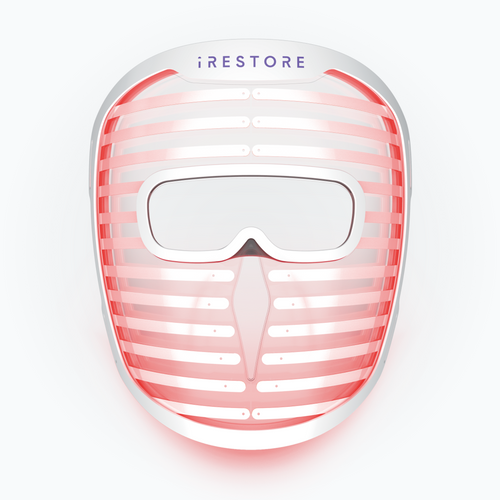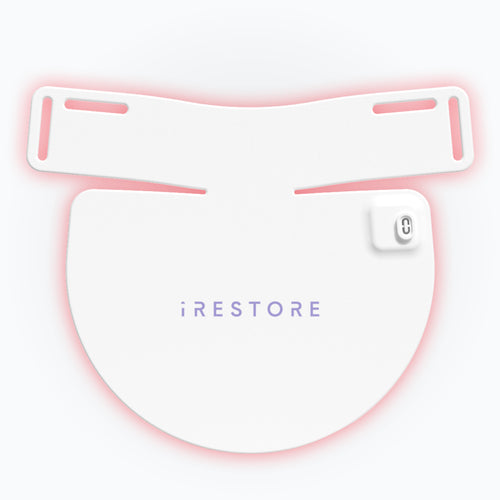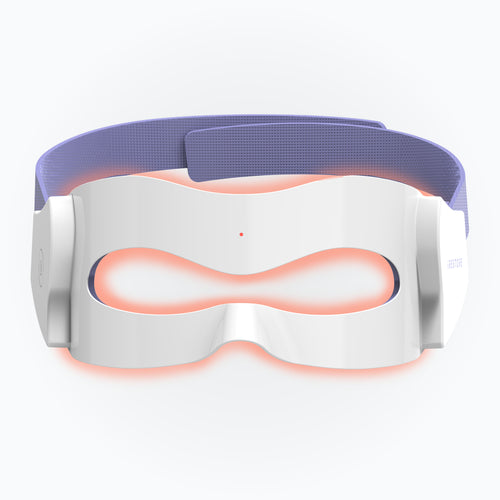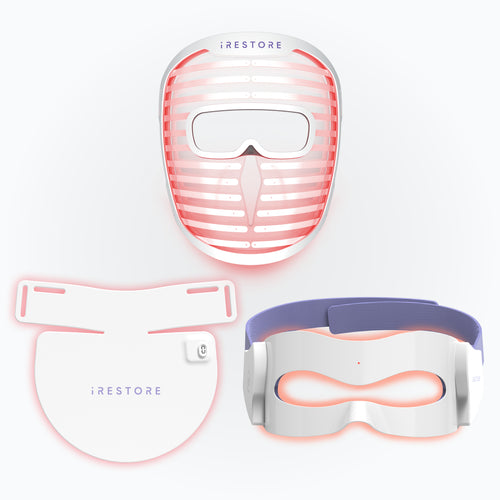Scars are a natural part of the healing process, but they can often leave behind visible marks that affect both skin texture and confidence. Traditional treatments like invasive procedures, chemical creams, or surgeries may feel intimidating and carry risks such as irritation or downtime. For those looking for a gentler, non-invasive solution, red light therapy has gained attention as a safe and effective option to support the body’s natural repair processes.
Red light therapy uses specific wavelengths of visible red and near-infrared light that penetrate the skin at different depths. They energize your cells’ mitochondria, which kickstarts repair and healing. This boost in cellular activity enhances blood flow, encourages collagen production, and reduces inflammation. Together, these effects create an ideal environment for tissue repair, making red light therapy a promising solution for improving the appearance of scars.
How Red Light Therapy Helps with Scars
Red light therapy supports scar healing in multiple ways, making it one of the most versatile non-invasive options available today.
1. Helps Scars Blend in Better
Collagen strengthens and rebuilds skin structure, while elastin improves flexibility and smoothness. With regular red light exposure, scar tissue gradually softens and blends more naturally with the surrounding skin.
2. Improves circulation
By enhancing blood flow, red light therapy helps deliver oxygen and nutrients more efficiently to damaged areas. It also aids in removing waste products, which accelerates tissue repair and recovery.
3. Reduces inflammation
Inflammation often contributes to redness, swelling, and discomfort around scars. Red light calms irritated skin, creating a healthier environment for long-term regeneration.
Different scar types can respond positively to these benefits. Acne scars may look less indented, surgical scars can become smoother, and injury-related scars may fade in appearance. While newer scars generally respond faster, even older scars can improve with consistent treatment.
Choosing the Right Red Light Therapy Device
With the growing popularity of light-based treatments, there are now both professional and at-home red light therapy options available.
-
Professional devices: Found in dermatology or wellness clinics, they often deliver higher intensity treatments but require repeated visits that can be costly over time.
-
At-home devices: Designed for convenience, these provide therapeutic wavelengths that make it easier to maintain consistent treatments without leaving home.
When evaluating devices, consider:
-
Wavelengths between 630 and 850 nm for optimal skin benefits.
-
Treatment coverage that suits your target area.
-
Ease of use, ensuring you can comfortably integrate sessions into your routine.
Consistency is the key factor in seeing results, so choosing a device that supports regular use is essential.
How Red Light Therapy Works with iRESTORE
iRESTORE is widely recognized for its expertise in light-based wellness technology. While the brand is best known for its hair growth systems, the same science behind its devices targets red light wavelengths that promote cellular energy and circulation, supporting broader skin health benefits, including scar care.
Loved by over 500K customers worldwide, iRESTORE offers safe, effective, and easy-to-use light therapy devices for home use, making it simple to enjoy the benefits of red light therapy without depending on costly in-office treatments.
How to Use Red Light Therapy for Best Results
The effectiveness of red light therapy for scars depends heavily on consistent use. At-home devices make it easy to build treatment into your wellness or skincare routine.
-
Prepare your skin: Begin with clean, dry skin for maximum light absorption.
-
Follow device guidelines: Position the device 6–12 inches away for even coverage. Sessions usually last 10–20 minutes.
-
Set a routine: Aim for 3–5 sessions per week. Sticking to the same time each day, such as during your skincare routine, can help maintain consistency.
-
Support with skincare: Apply a gentle, fragrance-free moisturizer afterward to lock in hydration.
-
Track progress: Taking progress photos every few weeks helps you notice subtle but steady improvements.
Over time, these habits allow red light therapy to gradually soften scars, reduce discoloration, and improve overall skin smoothness.
Safety Tips and Things to Know
Red light therapy is non-invasive and generally well-tolerated, with minimal risk of side effects. Most users experience only a mild warming sensation during treatment. Unlike chemical peels or laser resurfacing, it doesn’t damage the skin or require recovery time.
However, results vary based on scar type, age, and overall skin health. People taking photosensitive medications or with certain medical conditions should consult a healthcare provider before beginning treatment. For deeper surgical or long-standing scars, seeking input from a dermatologist can ensure the best results.
Reducing Scars with Red Light Therapy
Red light therapy is an effective, science-backed approach for improving the look and feel of scars. By stimulating collagen, increasing circulation, and reducing inflammation, it promotes the skin’s natural healing process without the risks of more invasive procedures.
With the availability of safe and convenient at-home devices, it’s easier than ever to make red light therapy part of your daily routine. For those looking to reduce scar visibility while supporting overall skin health, this treatment offers a practical and confidence-boosting solution. Confidence Restored!
FAQs
1. How long does it take for red light therapy to improve scars?
Most people start noticing subtle changes in skin texture and tone after 4–6 weeks of consistent use. More visible improvements in scar appearance may take 8–12 weeks or longer, depending on the scar type and age.
2. Can red light therapy remove scars completely?
Red light therapy cannot erase scars entirely, but it can significantly reduce their visibility. Over time, scars may appear smoother, lighter in color, and less noticeable against the surrounding skin.
3. Is red light therapy safe for all skin types?
Yes, red light therapy is considered safe for all skin types and tones. Since it does not use UV light or harsh chemicals, it does not increase the risk of burns or pigmentation changes when used correctly.
4. Does red light therapy work better on new scars or old scars?
Newer scars generally respond more quickly since the healing process is still active. However, older scars can also improve with consistent treatments, though it may take more time to see noticeable changes.
5. Can I combine red light therapy with other scar treatments?
Yes. Many people pair red light therapy with moisturizers, silicone gels, or dermatologist-recommended treatments. Always consult a professional if you plan to combine it with more aggressive procedures like microneedling or chemical peels.
Disclaimer: The iRESTORE blog is for informational purposes only and is not intended to replace professional medical advice or treatment. Please do not ignore professional guidance because of information you’ve read here. If you have concerns about your hair or skin health, we encourage you to consult a qualified healthcare professional.



















